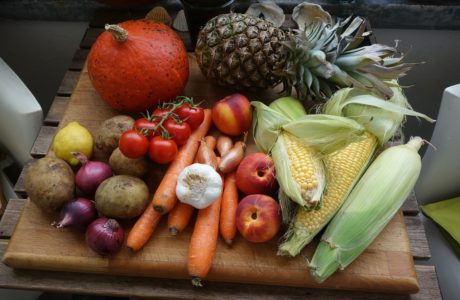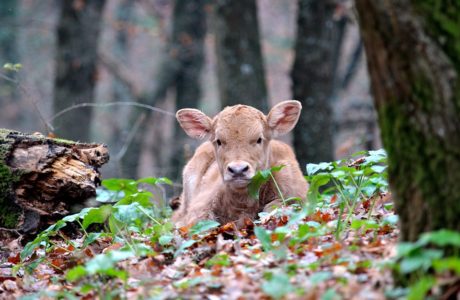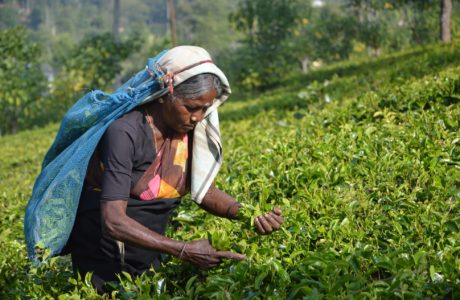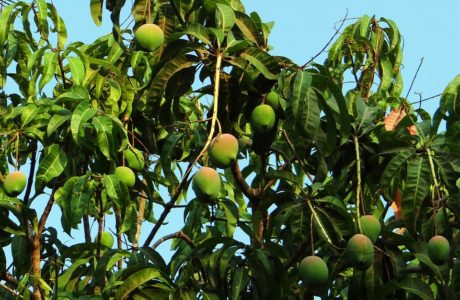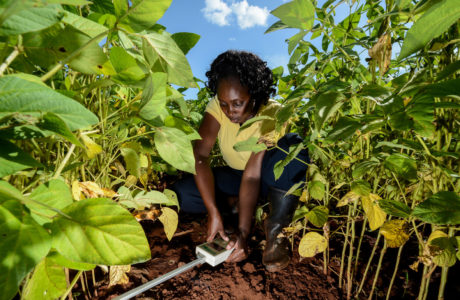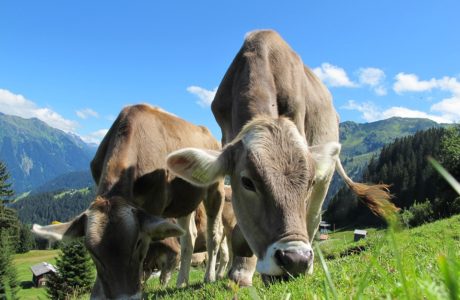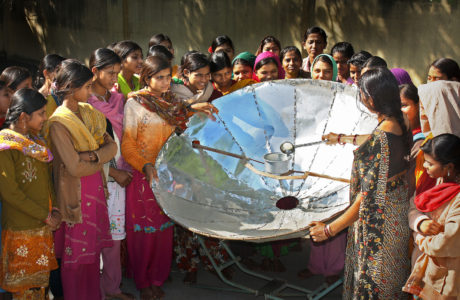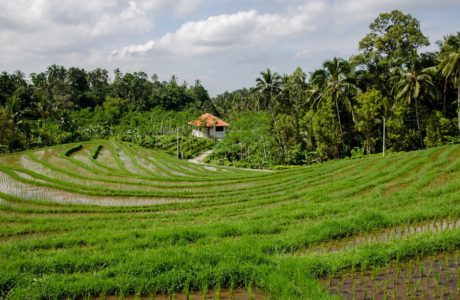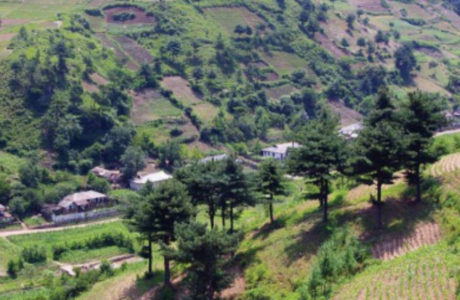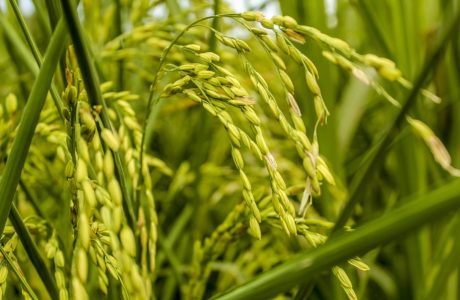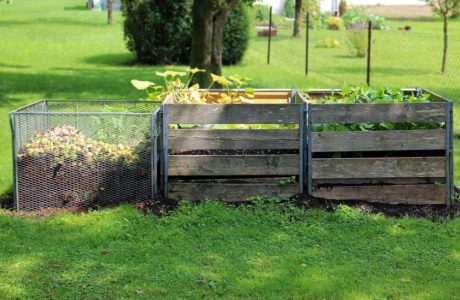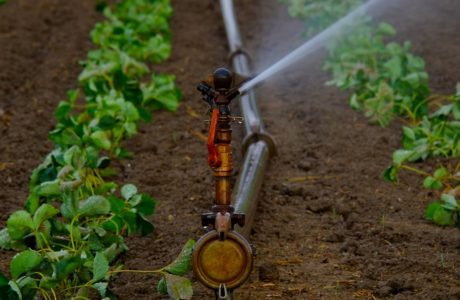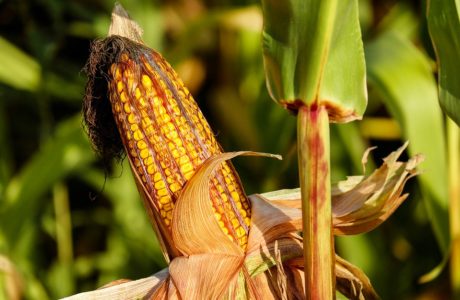
#3 Reduced Food Waste
Food
Producing uneaten food squanders resources and generates 8 percent of emissions. Interventions can reduce waste at key points, as food moves from farm to fork.
Read more
Reduced Food Waste
Food
Rank and results by 2050 #3
| Reduced CO2: | 71 gigatons |
|---|
TOTAL CO2-EQ REDUCTION (GT)
Total CO2-equivalent reduction in atmospheric greenhouse gases by 2050 (gigatons)
NET COST (billions US $)
Net cost to implement
SAVINGS (billions US $)
Net savings by 2050
Impact:
After taking into account the adoption of plant-rich diets, if 50 percent of food waste is reduced by 2050, avoided emissions could be equal to 26.2 gigatons of carbon dioxide. Reducing waste also avoids the deforestation for additional farmland, preventing 44.4 gigatons of additional emissions. We used forecasts of regional waste estimated from farm to household. This data shows that up to 35 percent of food in high-income economies is thrown out by consumers; in low-income economies, however, relatively little is wasted at the household level.
